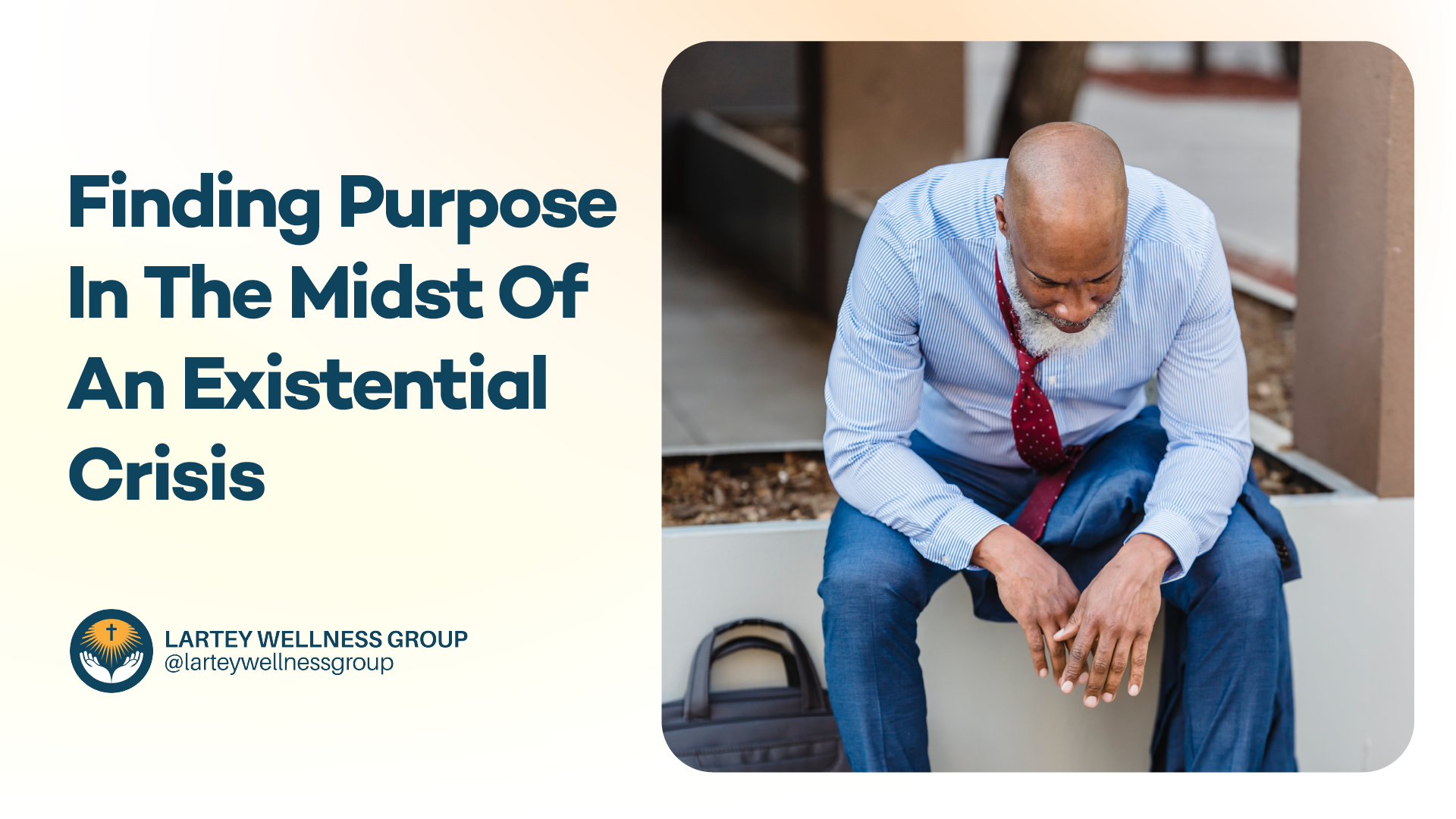Is Depression a Disability? What You Should Know
/Depression is a common mental illness that affects millions of people worldwide. It can manifest in various forms and can significantly impact an individual's daily life. For some, depression can be a temporary phase that they can overcome with proper support and treatment. However, for others, it can be a lifelong struggle that affects their ability to function in society. This raises the question, is depression a disability? In this blog post, we will explore the likelihood of depression being considered a disability and the potential implications it may have for those living with this condition.
Understanding Depression: A Brief Overview
Depression is a complex and multifaceted mental health condition that affects millions of people around the world. It is characterized by persistent feelings of sadness, hopelessness, and a loss of interest in activities that were once enjoyable. While it is normal to experience feelings of sadness and grief at times, depression is different in that it lasts longer and interferes with daily functioning.
Depression can manifest in various forms, such as major depressive disorder, persistent depressive disorder, or seasonal affective disorder. Each form has its own unique symptoms and severity levels. It can affect individuals of all ages and backgrounds, and its causes can be multifactorial, including biological, environmental, and psychological factors.
People with depression often struggle with daily tasks, have difficulty maintaining relationships, and may experience physical symptoms like fatigue or changes in appetite and sleep patterns. Depression can significantly impact one's overall quality of life and ability to function in society.
It is important to note that depression is a treatable condition, and with proper support and treatment, many individuals are able to manage their symptoms and lead fulfilling lives. However, for some, depression may become a chronic or recurrent condition that requires ongoing care and support.
In the next sections, we will delve deeper into the concept of disability and explore the intersection of depression and disability.
Unraveling the Concept of Disability
Disability is a complex and multifaceted concept that can vary depending on cultural, social, and legal perspectives. Generally, it refers to a physical or mental impairment that substantially limits a person's ability to perform major life activities. However, the definition and understanding of disability have evolved over time, recognizing the importance of social and environmental factors in determining disability.
When it comes to depression, the concept of disability becomes even more nuanced. While depression may not always have visible physical manifestations, its impact on an individual's functioning and quality of life can be profound. Depression can hinder one's ability to maintain employment, carry out daily tasks, and engage in social activities.
Some argue that depression should be considered a disability, as it meets the criteria of impairing major life activities and significantly limiting one's ability to participate fully in society. However, others believe that labeling depression as a disability can perpetuate stigma and undermine the importance of effective treatment and support.
Ultimately, unraveling the concept of disability and its application to depression requires a careful examination of various perspectives and an understanding of the unique challenges faced by individuals living with this condition.
Exploring the Intersection of Depression and Disability
Depression and disability often intersect in complex ways, as the symptoms of depression can significantly impact a person's ability to function in society. Depression can make it difficult for individuals to maintain employment, carry out daily tasks, and engage in social activities. The debilitating effects of depression can lead to social isolation, financial instability, and decreased quality of life.
However, there are also challenges in classifying depression as a disability. Some argue that labeling depression as a disability may perpetuate stigma and undermine the importance of effective treatment and support. Others believe that recognizing depression as a disability can provide individuals with access to necessary accommodations and resources.
Exploring the intersection of depression and disability requires a nuanced understanding of the unique challenges faced by individuals living with this condition. It involves considering the impact of depression on major life activities, as well as examining social, cultural, and legal perspectives on disability.
In the following sections, we will further examine the legal recognition of depression as a disability, explore potential implications of classifying depression as a disability, and discuss social support programs available to individuals with depression. Stay tuned to learn more about this important topic.
Legal Recognition of Depression as a Disability
The legal recognition of depression as a disability varies across different countries and legal systems. In some jurisdictions, depression may be considered a disability under specific disability discrimination laws. These laws aim to protect individuals with disabilities from unfair treatment and provide them with reasonable accommodations.
In order to qualify for legal recognition as a disability, individuals with depression may need to demonstrate that their condition substantially limits one or more major life activities, such as working, studying, or maintaining relationships. They may also need to provide evidence from medical professionals to support their claim.
However, it is important to note that the legal recognition of depression as a disability can vary and may be subject to interpretation. Some legal systems may have specific criteria that need to be met, while others may have a broader understanding of disability.
It is crucial for individuals with depression to familiarize themselves with the legal protections available in their jurisdiction and seek legal advice if needed. The legal recognition of depression as a disability can have important implications in terms of accessing accommodations, benefits, and support.
Potential Implications of Classifying Depression as a Disability
Depression is a complex and multifaceted mental health condition, and classifying it as a disability can have important implications for individuals living with this condition. One potential implication is that recognizing depression as a disability may provide individuals with access to necessary accommodations and resources. This can include workplace accommodations, such as flexible schedules or modified job duties, to help individuals manage their symptoms while maintaining employment. It can also involve accessing disability benefits and support programs, which can provide financial assistance and assistance with daily tasks.
On the other hand, some argue that labeling depression as a disability may perpetuate stigma and undermine the importance of effective treatment and support. There is concern that individuals with depression may be seen as less capable or incompetent if their condition is classified as a disability. Additionally, the focus on disability status may overshadow the need for comprehensive treatment approaches that address the root causes of depression.
Navigating the potential implications of classifying depression as a disability requires a careful balance between recognizing the challenges faced by individuals with depression and promoting a holistic understanding of mental health. It is essential to prioritize effective treatment and support while also advocating for equal rights and accommodations for those living with depression.





























